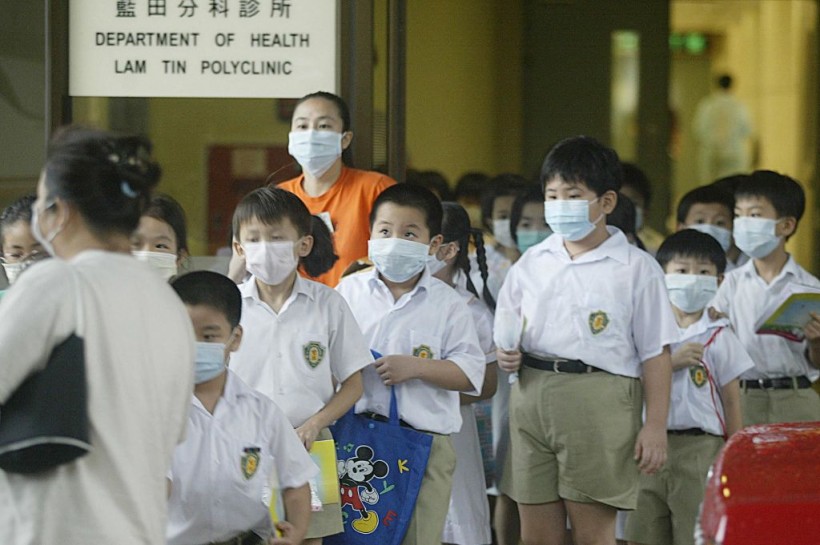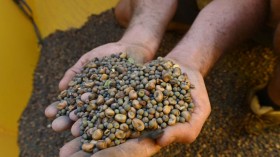The Thai government has directed officials to strictly monitor livestock along Thailand's border with Laos, following reports that more individuals had contracted anthrax in the neighboring country.
Thailand Alarmed by Anthrax Outbreak
Thailand has received reports that 54 people in Laos have contracted the diseases, according to Thai government spokesperson Chai Watcharong.
He stated that Thailand's Department of Disease Control is working with local authorities, particularly around the border, to keep a close eye on the issue.
Laotian media reported earlier this month that cattle had died and that individuals had contracted the sickness in the southern province of Champasak, which borders Thailand. There are currently no reports of human deaths.
Thai Prime Minister Srettha Thavisin has directed officials to actively monitor the sickness and "protect the public."
The government also advised people to notify authorities if they saw any anomalies in animals and quarantine animals from Laos.
"If your cows or buffaloes die suspiciously, please notify the authorities," the statement read.
The authorities also urged individuals who had come into contact with "sick animals" to seek medical attention immediately.
Since 2001, Thailand has seen no reports of human anthrax cases. The most it has ever reported in a single year is 102, in 1995, according to the ministry of public health.
Aside from Thailand, the Philippines is also closely monitoring the development in other nations where anthrax cases have been recorded in greater numbers than usual. However, the government downplayed the possibility that the disease would spread throughout the country.
Based on the Philippine Health Department's data, just 82 suspected anthrax infections were reported throughout the last seven years, from January 1, 2017 to December 31, 2023. There were no known anthrax health occurrences between 2019 and 2021.
Read Also: North Dakota Faces Cattle Anthrax Outbreak With 25 Confirmed Cases
What Is Anthrax?
Anthrax is a deadly infectious disease caused by Bacillus anthracis, a gram-positive rod-shaped bacteria. It occurs naturally in soil and affects both domestic and wild animals all over the world.
People become infected with anthrax when spores enter the body. When anthrax spores enter the body, they become "activated." The bacteria then multiply, move throughout the body, create toxins, and cause serious sickness.
This can occur when people inhale spores, eat food or drink water infected with spores, or obtain spores from a wound or scrape on their skin. Certain actions can also raise a person's risk of becoming sick.
One of its symptoms is a raised, itchy lump that resembles an insect bite and swiftly grows into a painless sore with a dark center.
A gastrointestinal anthrax infection is caused by consuming undercooked meat from an infected animal. Its symptoms include nausea, vomiting, abdominal pain, loss of appetite, bloody diarrhea, sore throat, difficulty swallowing, and a swollen neck.
Meanwhile, inhalation anthrax is the most lethal type of the disease and is frequently fatal, even when treated. Its symptoms include coughing up blood, painful swallowing, a high fever, shock, and meningitis.
Anthrax is especially prevalent in agricultural areas of Central and South America, Sub-Saharan Africa, Central and Southwestern Asia, Southern and Eastern Europe, and the Caribbean.
Anthrax is rare in the United States, however, occasional epidemics do occur in both wild and domestic grazing animals, such as cattle and deer.
Anthrax is more common in countries without routine anti-anthrax vaccination regimens. In the United States, veterinarians suggest that livestock be vaccinated once a year in places where anthrax has already occurred.
Related Article: African Swine Fever Threat in US: Simulation Study Reveals the Challenges and Costs of Containing an Outbreak
© 2024 NatureWorldNews.com All rights reserved. Do not reproduce without permission.






